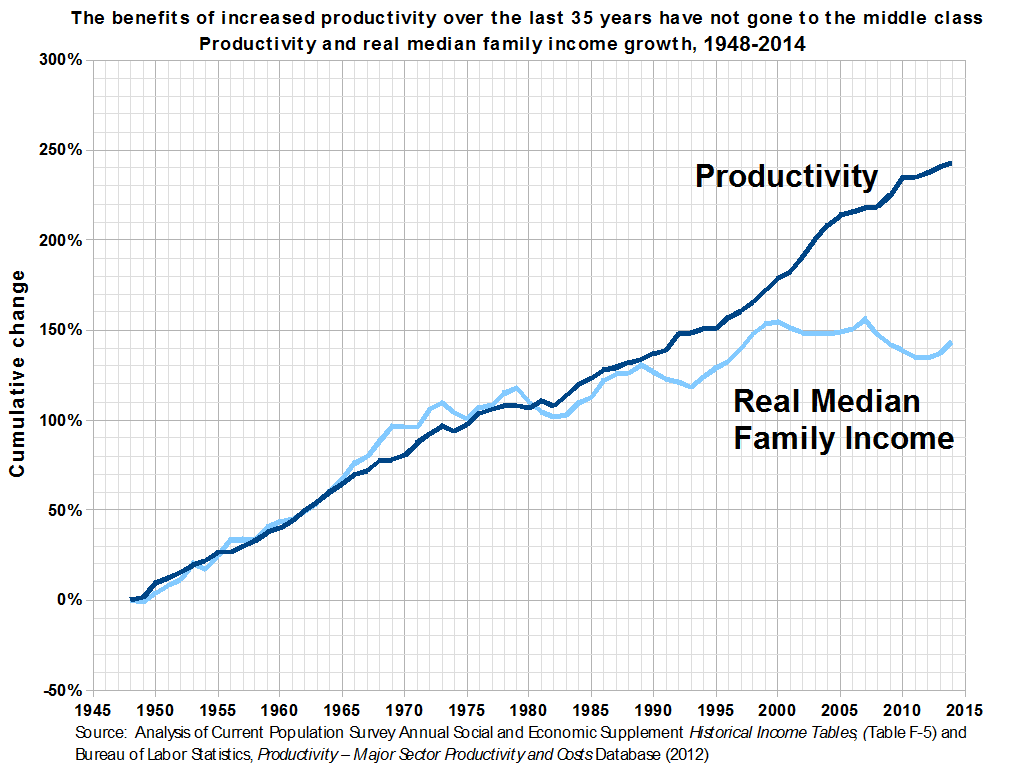Cosine Updated 2025-07-16
Food Updated 2025-07-16
Pair programming Updated 2025-07-16
Polymorphism (computer science) Updated 2025-07-16
Server form factor Updated 2025-07-16
Wealth distribution in the United States Updated 2025-07-16
www.cbpp.org/wealth-concentration-has-been-rising-toward-early-20th-century-levels-2 shows historical for top 1% and 0.5% from 1920 to 2010.
TODO why is it so hard to find a proper cumulative distribution function-like curve? OMG. This appears to be also called a Lorenz curve.
Wealth Inequality in America by politizane
. Source. Amazon product Updated 2025-07-16
Gwern Branwen Updated 2025-07-16
Accounts:He posts insanely much on these websites. It's a bit like Ciro Santilli on Stack Overflow.
- news.ycombinator.com/user?id=gwern
- www.lesswrong.com/users/gwern LessWrong
- twitter.com/gwern locked 2021: www.reddit.com/r/slatestarcodex/comments/kp2fek/does_anybody_know_what_happened_to_gwern/
- www.reddit.com/user/gwern/
- en.wikipedia.org/wiki/User:Gwern on Wikipedia. Self summary: gwern.net/wikipedia-resume. Also he is a critic of deletionism on Wikipedia like Ciro Santilli
Ciro Santilli envies this guy a bit. He dumps his brain more or less full time on his highly customized static website partly due to early Bitcoin investments gwern.net/me says:
Also unsurprisingly he likes Haskell:
Ciro Santilli considers Gwern Ciro Santilli's e-soulmates due to his interest in "dark web things" like Bitcoin and Silk Road, his immense writing output in encyclopedic book-sized articles on a static website, and his desire to live frugally and just research and write all day. Ah, if only Ciro had some old coins!!!
This is likely a pseudonym, his real name not being publicly unknown, e.g. at news.ycombinator.com/item?id=5659278:
Why do you choose relative anonymity?For the reasons I've said in the past. To which I can add personal safety: my Silk Road page is a bit questionable legally, and we all know that there are ways to exploit knowledge of one's True Name and address (even if, as far as I know, I have no enemies willing to resort to, say, 'swatting' me) - one group of stalkers called up a college they thought I worked at to see if they could get me fired or otherwise ruin my day.
Hamiltonian mechanics Updated 2025-07-16
Equivalent to Lagrangian mechanics but formulated in a different way.
Motivation: Lagrangian vs Hamiltonian.
TODO understand original historical motivation, www.youtube.com/watch?v=SZXHoWwBcDc says it is from optics.
Intuitively, the Hamiltonian is the total energy of the system in terms of arbitrary parameters, a bit like Lagrangian mechanics.
Bibliography:
"Hello, World!" program Updated 2025-07-26
The most important program ever written!!!
Reproductive cue Updated 2025-07-16
Fizeau experiment Updated 2025-07-16
Hafele-Keating experiment Updated 2025-07-16
Nabla symbol Updated 2025-07-16
As if Greek letters weren't enough, physicists and mathematicians also like to make up tons of symbols, some of which look like the could actually be Greek letters!
Positive definite symmetric bilinear form Updated 2025-07-16
Sine Updated 2025-07-16
Sulfur hydrade Updated 2025-07-16
Sycee Updated 2025-07-16
Water Margin scene Updated 2025-07-16
American learned society Updated 2025-07-16
Unlisted articles are being shown, click here to show only listed articles.

